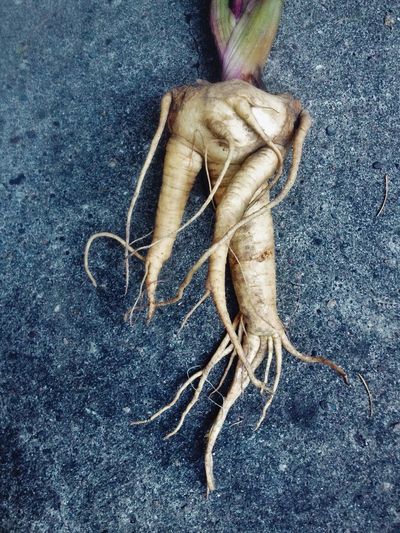According to folklore, this fascinating plant was thought to have great powers, both positive and negative. What do you do with mandrake? Let’s explore the many uses for mandrake.
What is Herbal Mandrake?
The mandrake plant consists of a rosette of floppy, oval leaves. White, yellowish-green, or purple, bell-shaped flowers are followed by large, fleshy, orange berries. Native to warm Mediterranean climates, Mandrake doesn’t tolerate cold, wet soil; however, herbal mandrake is sometimes grown indoors or in greenhouses. Although not widely utilized today, there were once a number of ancient uses for mandrake.
Mandrake Plant Uses
Small quantities of mandrake may produce hallucinations or out-of-body experiences. However, this member of the nightshade family is highly toxic and all parts of the plant can be deadly. The sale of mandrake is prohibited in some countries, and modern uses for mandrake are limited. Historically, herbal mandrake was thought to have great powers and was used to cure nearly any ailment, from constipation and colic to convulsions. However, there is insufficient evidence regarding mandrake’s uses and effectiveness as herbal medicine. Centuries ago, however, women believed this bizarre-looking plant could induct conception, and baby-shaped roots were placed under the pillow. Uses for mandrake included predicting the future and offering protection for soldiers going into battle. Herbal mandrake was also used as a love potion and aphrodisiac. It was widely implemented in religious practices and to drive away evil spirits or poison one’s enemies. Disclaimer: The contents of this article are for educational and gardening purposes only. Before using or ingesting ANY herb or plant for medicinal purposes or otherwise, please consult a physician, medical herbalist, or other suitable professional for advice.
